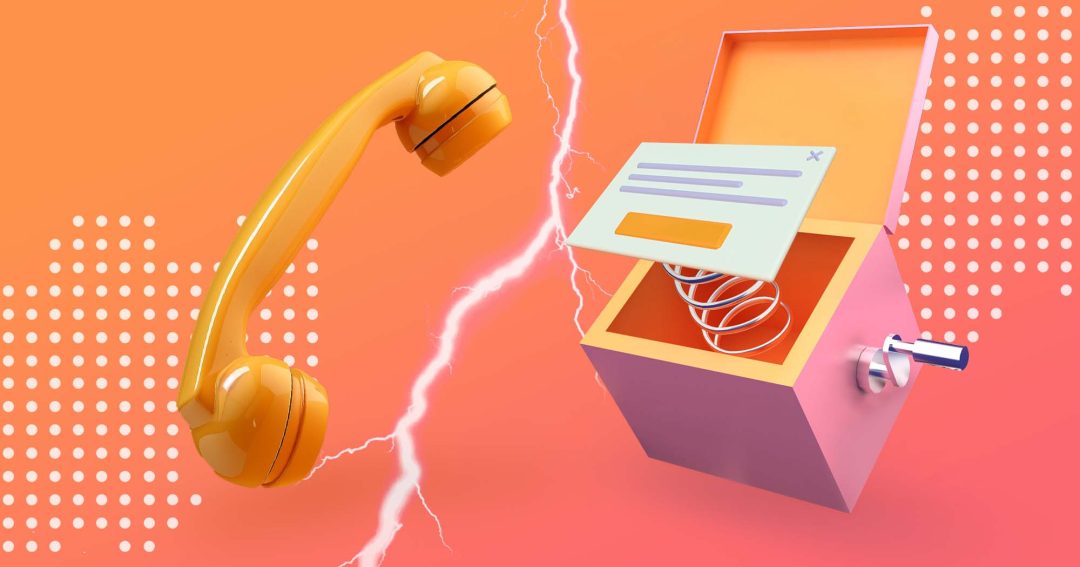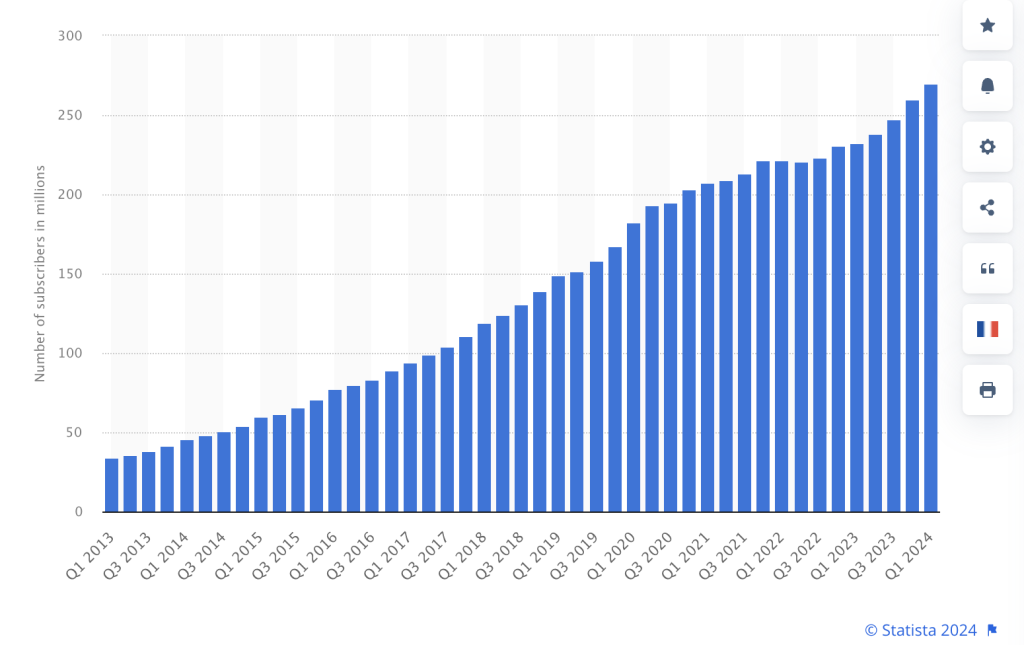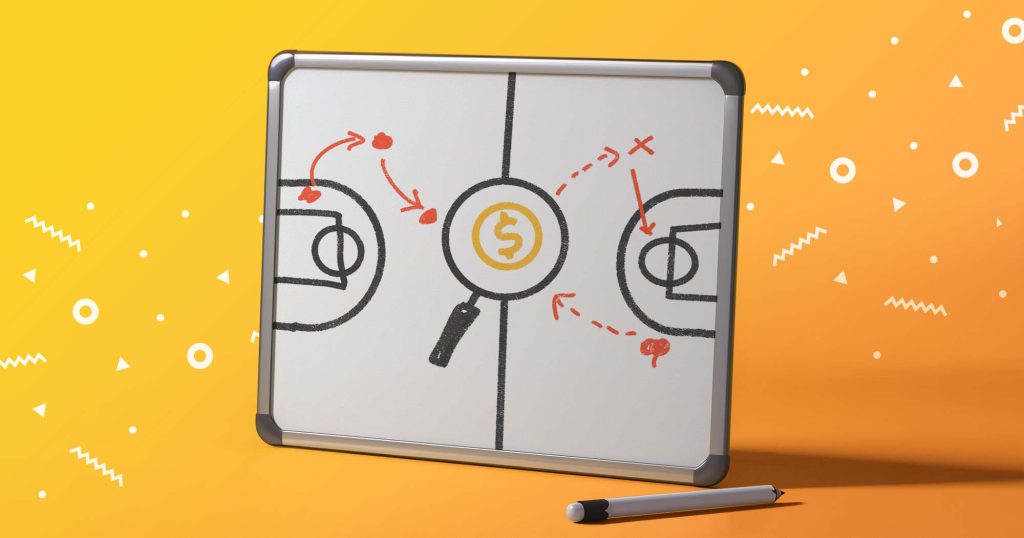There have always been sales-led and product-led sales strategies. Nothing new. However, it’s hardly possible to choose just one and blindly rely on either a product-led or sales-led strategy.
In 2024, it’s a no-go strategy when a company sells its products without delivering sales pitches or sending out cold emails. It sounds like a utopia for most SaaS companies. In fact, the right growth strategy is a mix of all available strategies.
- Marketers drive new people to sign up for your product
- Then, sales step in to turn freemium users into paid ones or negotiate terms with enterprise-level users
- C-level executives strategize and identify new business opportunities
However, sales-led growth has always been the key driving force behind the success of FAANG companies. Aggressive sales tactics and personalized customer engagement have long fueled rapid growth and locked user loyalty.
But wait. The world has changed. And a product-led approach has made its debut and started reshaping the business’ approach to growth. In 2024, SaaS superstar companies like Slack, Dropbox, Shopify, and Figma are leveraging product-led approaches and making them thrive. And they definitely know how to build a product that sells itself.
In this guide, we’ll explore the difference between sales-led and product-led growth. You’ll learn the benefits and best practices for implementing the right growth strategy for your business.







![Icebreakers That Work: Energize Your Next Conversation [With Templates] Icebreakers That Work: Energize Your Next Conversation [With Templates]](https://reply.io/wp-content/uploads/icebreaker-1024x538.jpg)



